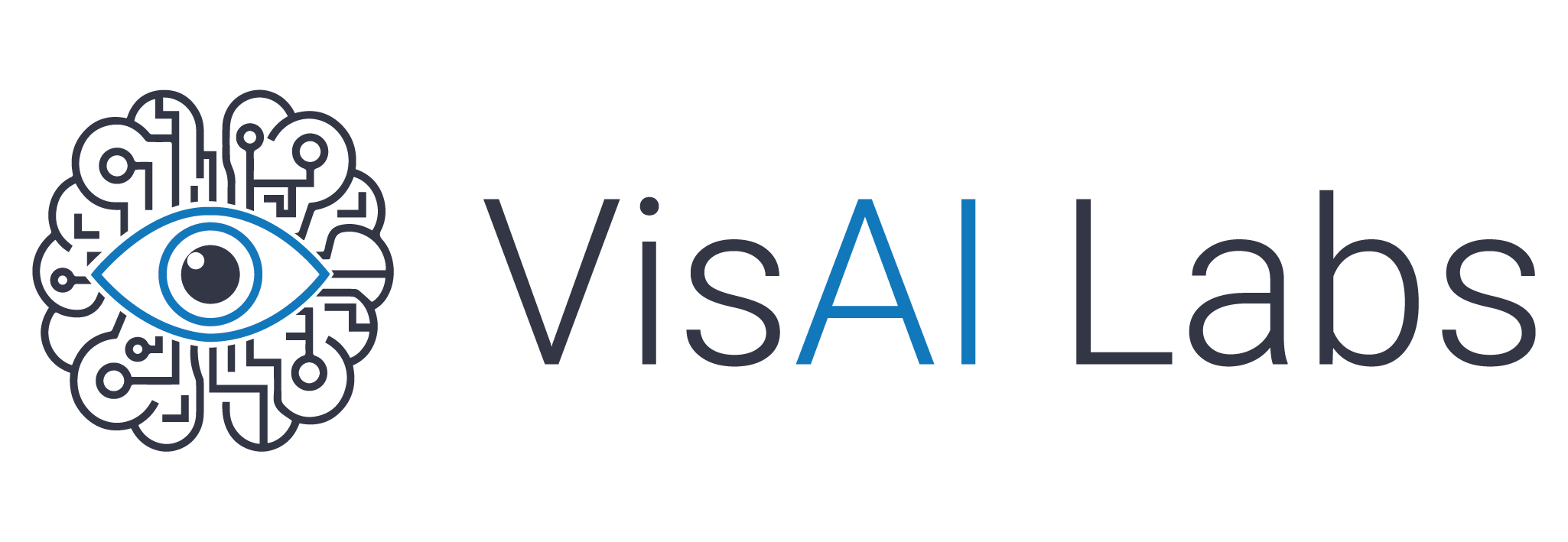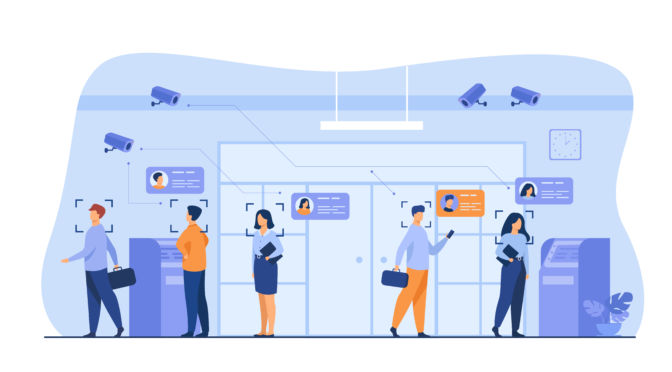This second episode of the podcast talks about “Managing the common lighting problems for outdoor AI and computer vision use cases.”
4 questions this podcast will answer:
01
What are the four significant problems you will encounter while building computer vision applications for outdoor environments?02
How can you use tricks surrounding hardware and algorithms to mitigate the lighting problems?03
How to manage day and night time lighting problems for computer vision applications?04
What are the Different lighting problems you might face while building an outdoor-based computer vision application?
Subscribe to VisAI Labs' Newsletter
Relevant link:
Podcast Transcript:
The real gains from computer vision and artificial intelligence basically come from outdoor use cases such as the smart city use cases, surveillance use cases, or digital signage use cases.
But unlike indoor environments where you can basically control the variables surrounding your use cases, be it lighting, temperature, etc., you cannot do the same for outdoor environments.
Hi am Alphonse, and in today’s episode in my podcast unraveling computer vision and edge AI for the real world, we will be talking about the different lighting problems you might face while building an outdoor-based computer vision application and what are the steps you can take to solve it.
In a nutshell, there are so major problems which you will encounter when you’re build a computer vision applications for outdoor environments. The first is lighting, as you’re well aware the sun is not a constant or consistent source of lighting.
The sun depending on the time of the day will provide you both bright light and low light periods and you should be able to manage that while building your computer vision application.
The next is temperature, computer vision components are affected by the variations in temperature that is subjected to.
For example, if you are placing a computer vision hardware component in a place where you have huge temperature variations, such as, lets say, in a desert climate or a tropical climate, your hardware should manage these temperature variations because it affects your image sensor.
Thirdly you need to worry about the weather, Rain, snow, fog, etc., heavily affect the visibility of your camera.
Finally, the fourth problem you’ll encounter is motion. Your camera should be able to capture fast-moving objects, which is mainly one of the major needs in many outdoor use casess.
But this is very difficult even in indoor environments but based on the previous factors we spoke about becomes doubly difficult in outdoor environments.
Well, looking at these four factors and if you wanna deal deep each one of these four factors and see how we can mitigate it is a large conversation in itself.
So in this podcast, I will just focus on some of the lighting problems you will face and how you can use tricks surrounding hardware and your algorithms to mitigate that.
This lighting noise, also called ambient lighting, is actually pretty solvable indoor environments what. We basically build shrouds around the particular computer vision equipment or use high power lighting equipment to overpower this ambient lighting.
These kinds of solutions cannot be actually used in an outdoor environment, and more than computer vision, this problem plagues machine vision cameras, and that’s one of the major reasons why machine vision has still not come out of the indoor use-cases world.
But then, in computer vision, this problem is actually pretty solvable.
By using the right embedded camera or a combination of embedded cameras along with the rightly modeled algorithms, we can kick this problem of the road.
So in this scenario, the most important thing we need to understand about managing lighting problems for computer vision applications is that the algorithm we create should manage both day and night lighting.
Looking at it from the hardware side, night vision can be handled by providing some form of lighting, or we can also use IR lighting as we use in some common CCTV cameras.
But here, it is important to note IR wings have only a short bandwidth of 15 to 29 meters, so you need to be careful in placing your cameras.
So the right placement of the camera is necessary if you are going to fulfill your use-case objectives, especially when it comes to a viewing during the night time.
Third, its not just a camera you focus on to manage your nighttime view, you also have to right modeled algorithms.
The algorithms must be able to manage both day and night vision data.
But here, the major problem you will face is manage the accuracy of your algorithm, especially during nighttime.
This is because of the lack of correct data to model your algorithm.
We need to collect the equals amount of data for both daytime lighting and nighttime lighting for model development.
In most scenarios, our models are actually trained for daytime lighting. But, instantly, we do not have much data for night time lighting.
One way I solve this problem is by taking a camera and placing it in the clients’ place in the required location for a month and collecting the data and then taking it back annotating it and training my model and making it have better accuracy on this night time data.
If the customer does not agree with this method, then the easier method for solving this problem is by using augmentation for stimulating night light images.
In a world where privacy is becoming paramount, it is not a good idea to take a camera and place it in your clients’ place and record the data.
The whole point of an edge optimized computer vision application is lost when you stream the video back to the cloud, right? But then I digress from the topic.
Augmentation of data for stimulating in night lighting images includes reducing brightness, changing your contrast, or even converting the image into grayscale.
But then there is also another way my team from VisAI labs creates datasets for night lighting images. They use gambades networks.
So by using gambades networks or through augmentation, what we do is that we build our respectable dataset with which we can train our ML models.
Also, another critical part is getting your algorithms working in different weather conditions such as Rain, fog, snow, sleet, etc.
Right now, it is very difficult to manage these things as these weather conditions tend to occlude the object.
Whilst its really good for us to have an algorithm which has been trained heavily with datasets from both daytime and nighttime across all the different weather conditions.
You will have a heavy problem of false positives, if you take this heavily occluded data annotated and train tour algorithms using it.
So you need to be mindful of this fact when you actually take this kind of data and you train your system to work in outdoor environments.
These are some of the things you need to look into while building the right fit algorithm for outdoor use cases.
Now coming into hardware, you need to make sure that your embedded camera has a good HDR capabilities with a low exposure time so that it could take good quality images in both day and night lighting conditions.
Also, as for the other hardware, you need to have the right rugged casing with water and dust resistance, which also takes care of the mild temperature variations your hardware will be subjected to.
All in all, there is no one correct way to solve all the different ambient lighting problem you’ll face when building an outdoor-based use case for your computer vision application.
But then, using the combination of ingenuity and creativity combined with a solid knowledge of digital image processing basics, you can get the job done.
Thank you for tuning in into yet another episode of unraveling computer vision and edge AI for the real world. This is Alphonse signing of, and looking forward to meet you in future episodes. Cham.





